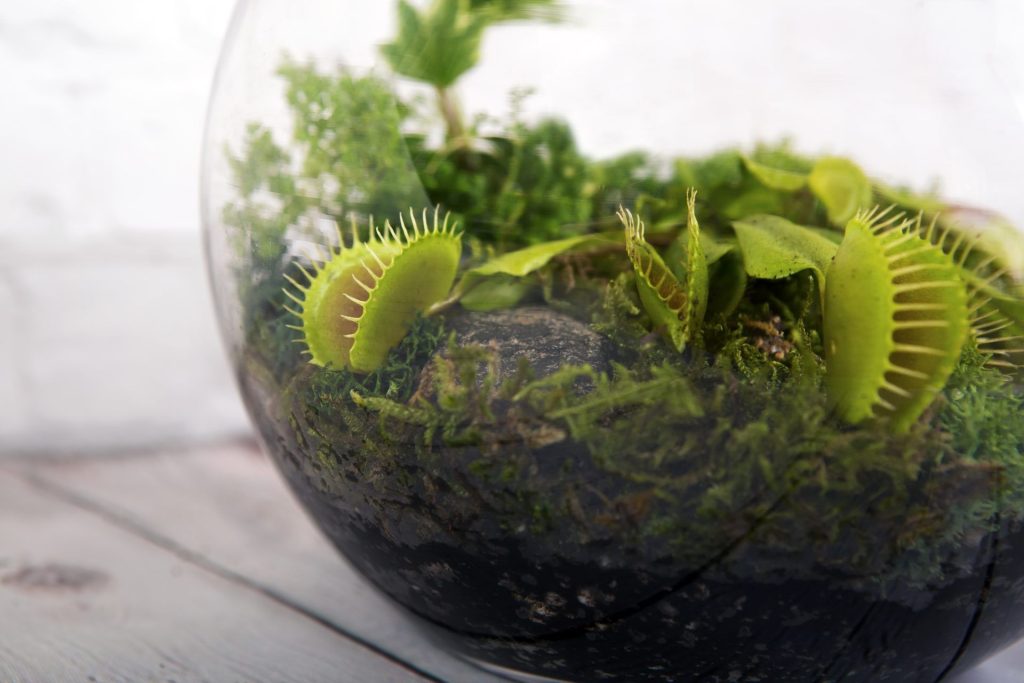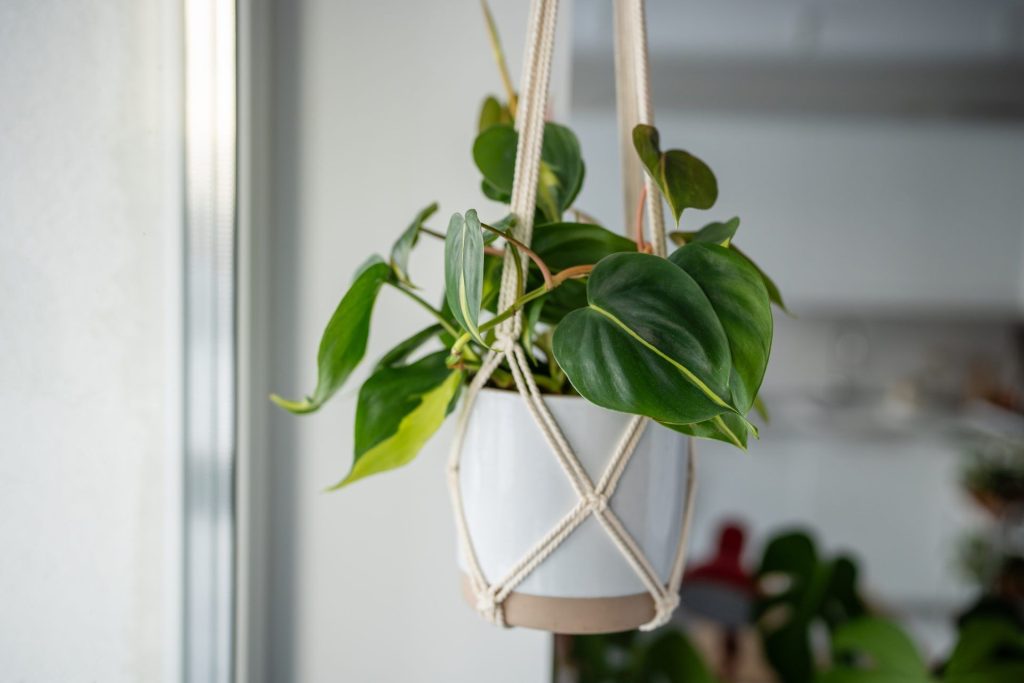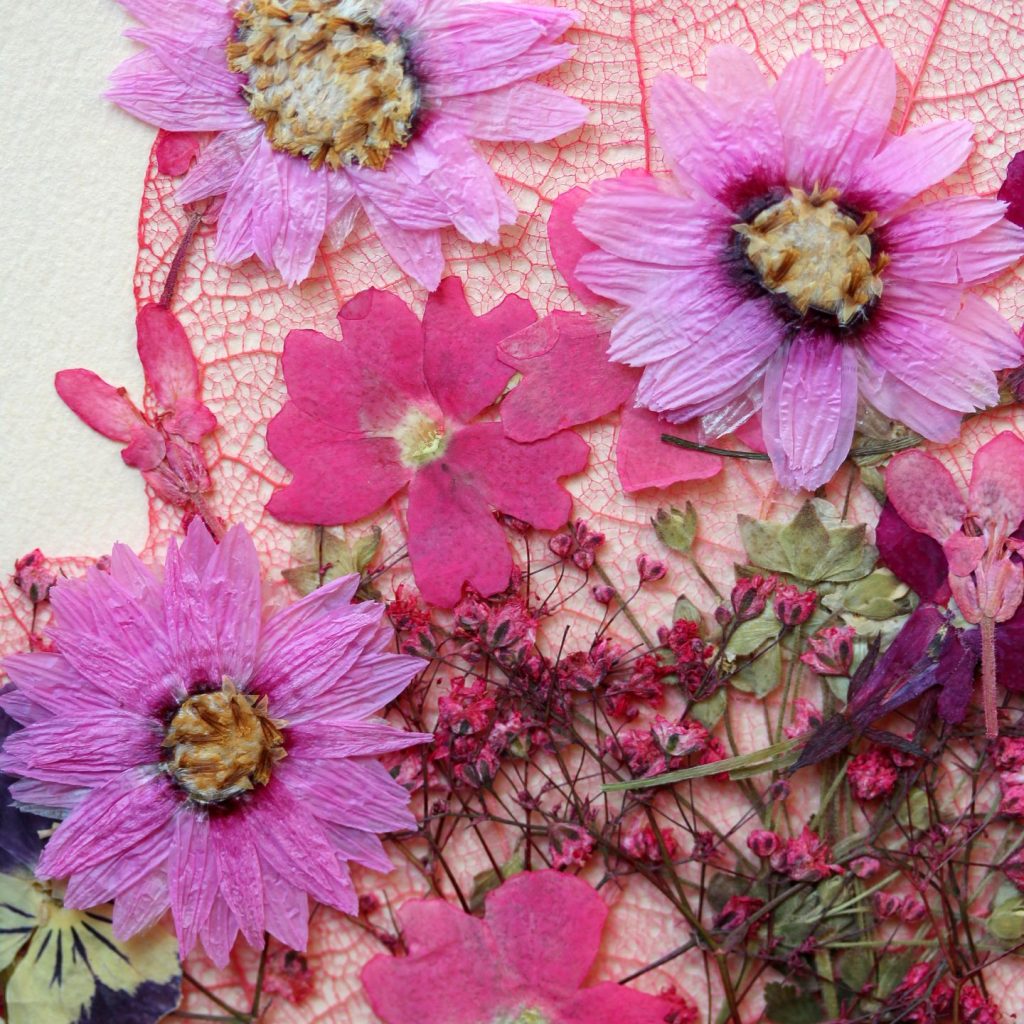405-445-7080
301 W. Reno
Oklahoma City, OK 73102
Crystal Bridge: Ticket Required
Open daily, 9am-5pm;
Sunday, 11am-5pm
Outdoor Grounds: Open daily 6am-11pm
405-445-7080
301 W. Reno
Oklahoma City, OK 73102
Crystal Bridge: Ticket Required
Open daily, 9am-5pm;
Sunday, 11am-5pm
Outdoor Grounds: Open daily 6am-11pm

Discover a diverse selection of activities at the Myriad Botanical Gardens this August! ![]() From a concert
From a concert ![]() and fitness activities
and fitness activities ![]() to classes for all ages
to classes for all ages ![]()
![]() , art exhibits
, art exhibits ![]() , and exciting summer events
, and exciting summer events ![]() , there’s something for everyone to enjoy.
, there’s something for everyone to enjoy.

Summer Concerts at Myriad Gardens
Devon Lawn and Bandshell, 7PM
Food and drink vendors to be announced.
FREE
Full Moon Bike Ride
Sunday, August 19, 8:15PM
Leave from Seasonal Plaza
Suggested $5 donation
Classes for Adults



Pot Your Own Houseplant with Serendipity Pottery
Saturday, August 3, 12-4PM
Prices Vary: $5-12 for the pots and $5-$15 for the plants
Shelly Goodmanson, Serendipity Pottery
Learn more.
Fall Vegetable Gardening
Thursday, August 8, 6-7PM
Member $10; Nonmember $15
Dale & Carrie Spoonemore, From Seed to Spoon
Register by August 6
Learn more & register.
Guided Gardens Tour
Friday, August 9, 1PM and Saturday, August 31, 10AM
Meet in the lobby. FREE. Wheelchair and stroller friendly.
Learn more.
Workshop: Japanese Floral Arranging
Saturday, August 10, 10-11:30AM
Member $50; Nonmember $55
Optional Decorative Vase Add-On: $10
Aya Okada & Hana Segawa, Saika JP Flower
Register by August 6
Learn more & register.
Workshop: Botanical Cyanotype Prints
Saturday, August 10, 2-4PM
Member $45; Nonmember $50
Kaitlin Bacon, Director of Education
Register by August 8
Learn more & register
Native Oklahoma Plants
Saturday, August 17, 10 – 11AM
Member $16; Nonmember $20
Kaitlin Bacon, Director of Education
Register by August 15
Learn more & register.
Workshop: Carnivorous Plants Terrarium
Saturday, August 17, 1-3PM
Member $55; Nonmember $60
Brad Fowler, City of OKC
Register by August 15
Learn more & register.
Drip Irrigation Workshop
Thursday, August 22, 6-7:30pm
Nate Tschaenn, Director of Horticulture
Member $8; Nonmember $10
Register by August 20
Learn more & register.
Workshop: Macrame Plant Hangers
Saturday, August 31, 1-2PM
Member $25; Nonmember $30
Morgan Link, Volunteer Coordinator
Register by August 29
Learn more & register.
Classes for Youth

Summer Walk-ups
Weekdays through August 9, 10am-12pm
Children’s Garden Porch
$2 Suggested Donation All ages
Terrarium Design
Saturday, August 24, 11AM-NOON
Member $13; Nonmember $15
Best for ages 8-16
Register by August 21
Learn more & register here.
Pressed Florals for Kids
Saturday, August 24, 2-3PM
Member $6; Nonmember $8
Best for ages 6+
Register by August 21
Learn more & register here.
FREE Fitness

Yoga
Tuesdays, 6PM and Saturdays, 9AM
Devon Lawn
Bring a mat and water.
Full Moon Sound Bath
Monday, August 19, 6-7PM
Water Plaza Room, Lower Level, Crystal Bridge Conservatory
Zumba with Magda
Thursdays, August 1 & 15, 5:30PM
Every first and third Thursday, 5:30PM through October
Seasonal Plaza
Full Moon Bike Ride
Sunday, August 19, 8:15PM
Leave from Seasonal Plaza
Suggested $5 donation
Art Exhibits

Art exhibits are in the Crystal Bridge Art Gallery. They are free to view during regular business hours: Daily, 9am-5pm and Sundays 11am-5pm. Works of art are for sale.
Wings and Wildflowers: An Oklahoma Pollinators Art Exhibit
Now on view through August 8
Breaking the Rules: Ike Bennet and Scott Gordon
August 9–September 18
© 2024-2025 Myriad Botanical Gardens | Site by Hester Designs